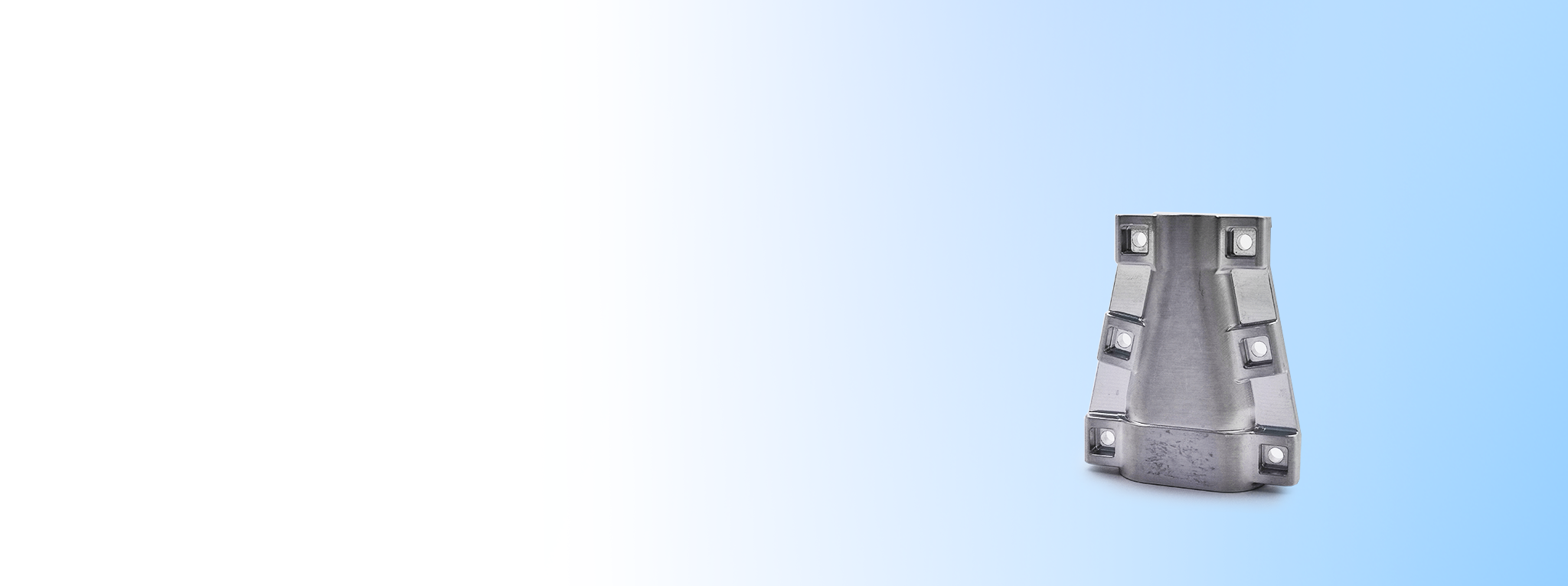Time to read: 6 min

In the realm of CNC machining, the surface finish is a critical aspect that determines both the functionality and aesthetic appeal of the final product. This guide explores the various surface finishing options available for CNC machined parts, providing insights into the selection process based on factors such as material, cost, and environmental impact.
The Significance of Surface Finish in CNC Machining
The surface finish of a CNC machined part is not just a cosmetic detail; it plays a vital role in the part's performance, wear resistance, and overall quality. Achieving the desired surface finish involves careful consideration of the machining process and the subsequent finishing techniques.
Understanding Surface Roughness
Surface roughness, measured in micrometers (μm) or roughness average (Ra), is a key parameter in evaluating the quality of a CNC machined surface. It is influenced by factors such as material properties, machining techniques, cutting parameters, and tool selection.
As-Machined Finish
The as-machined finish refers to the surface condition of a part immediately after machining, characterized by visible tool marks and a rough texture. The surface roughness (Ra) values typically range from 3.2 μm for standard finishes to 0.4 μm for high-quality finishes suitable for stressed or high-speed rotating parts.
Common Types of CNC Machining Surface Finishes
Various surface finishing options are available for CNC machined parts, each with its unique characteristics and applications:
- Anodizing: Provides a durable oxide layer on aluminum parts, enhancing corrosion resistance and offering a range of color options.
- Alodine Coating: A corrosion-resistant finish for aluminum and other non-ferrous metals, often used as a primer for paint or powder coatings.
- Black Oxide Coating: Offers a wear-resistant, dark finish for steel and iron parts, improving lubricity and durability.
- Electroplating: Deposits a thin metallic layer on the substrate, enhancing corrosion resistance, appearance, and wear protection.
- Passivation: Improves corrosion resistance of stainless steel parts by creating a uniform oxide layer.
- Bead Blasting: Creates a textured, matte finish that masks surface imperfections and cleans the part.
- Powder Coating: A durable, environmentally friendly finish with excellent resistance to impact, solvents, and UV radiation.
- Brushing: Enhances the visual appeal of metal surfaces, particularly stainless steel, by leaving linear or circular patterns.
- Polishing: Achieves a glossy, smooth finish, increasing reflectivity and aesthetic appeal.
- Painting: Offers visual appeal and corrosion protection in a variety of colors for different materials.
Choosing the Right Surface Finish
Selecting the appropriate surface finish involves considering the part's functionality, material compatibility, aesthetic requirements, cost, lead time, environmental impact, and geometry. Unofactory's expertise in surface finishing ensures that your parts meet the highest quality standards while aligning with your project specifications.
Conclusion
With the right surface finish, CNC machined parts not only look exceptional but also perform optimally. Unofactory offers a seamless experience from project submission to delivery, providing a variety of finishing options tailored to your needs. Trust our professionals to bring your CNC machining project to life with exceptional quality and precision.




